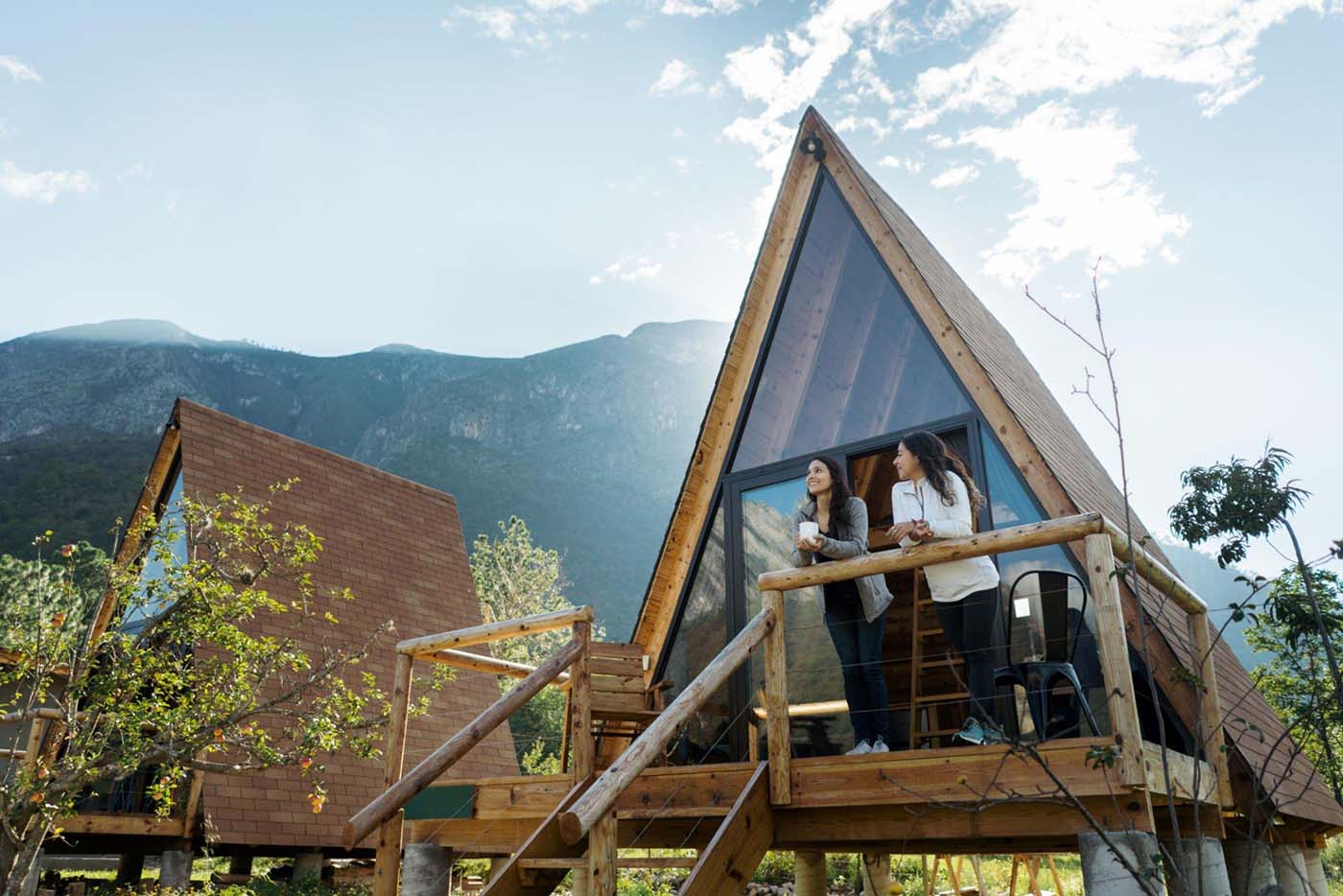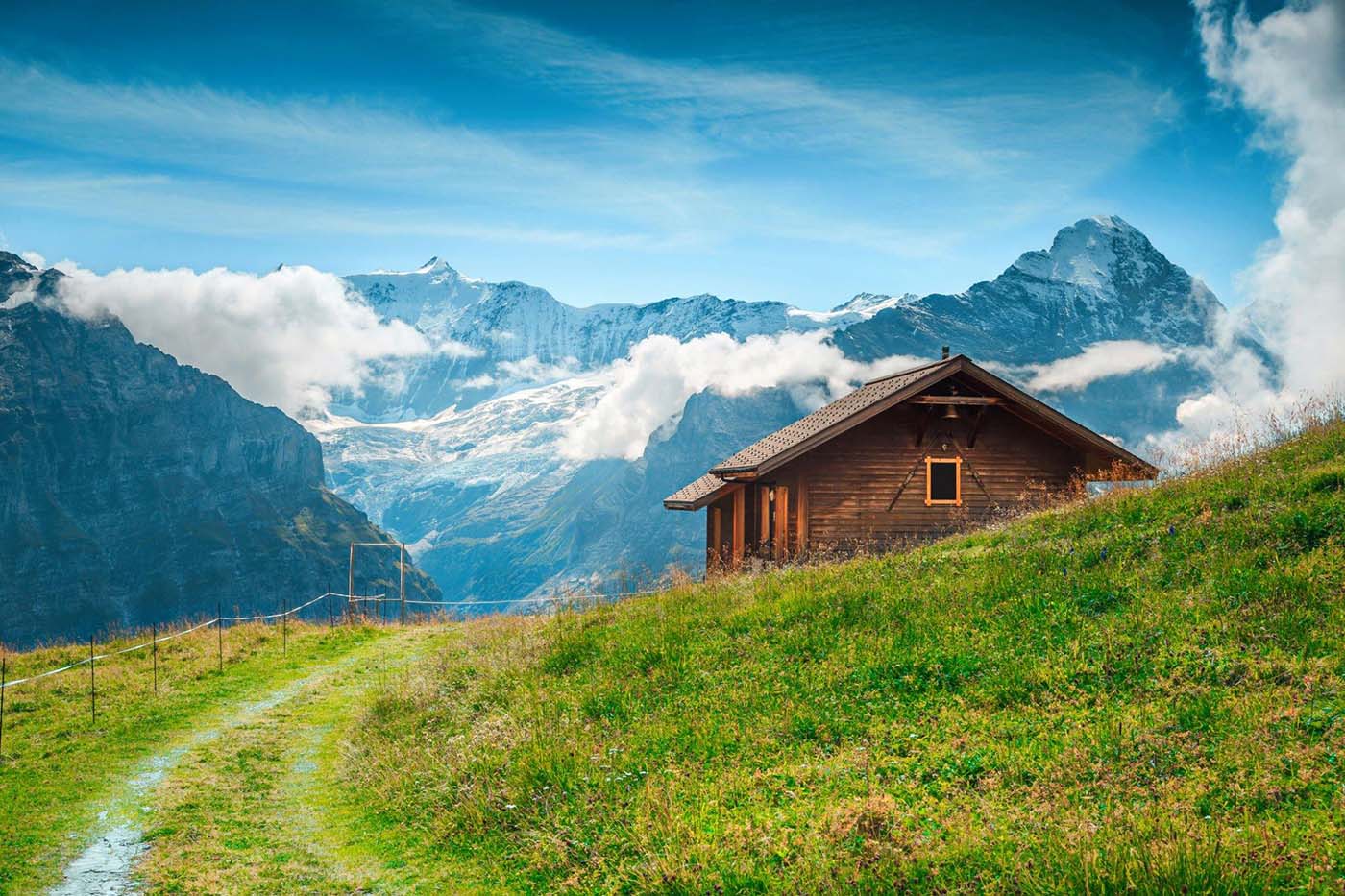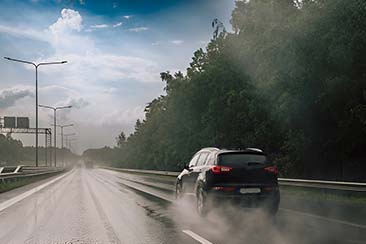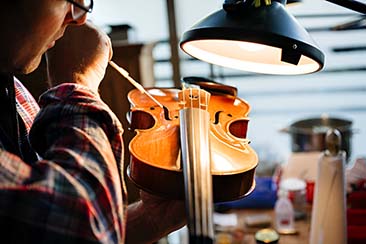When searching for a vacation home or countryside getaway, the classic charm of rustic log cabins and breezy summer houses captures the imagination. But with key differences in building style, intended use and location, choosing between investing in a summer house or log cabin requires careful consideration.
Let’s weigh the distinguishing factors like typical climate, construction, aesthetics, and functionality to help determine which recreational abode best fits your needs.

Defining Features
Summer Houses
– Lightweight weatherboard or glass construction
– Lots of windows and screened openings
– Often elevated on pillars with underdeck area
– Mainly outdoor living space
– Typically located in warmer climates
Log Cabins
– Hand-built solid log wall construction
– Steep pitched roofs with overhangs
– Mostly enclosed living space
– Usually built in cooler mountain regions
– Rustic back-to-nature ambiance
Structural Composition
Summer houses emphasise airiness, breathability and outdoor access with extensive windows, screened openings, and light weatherboard or glass panel composition on raised platforms. They capitalise on sunny weather in moderate climates.
Classic log cabin utilises heavy whole-tree trunk construction for insulating capabilities in snowy, heavily wooded alpine locales. Soaring stone hearths and pitched roofs shed snow. Both exude natural charm.
Intended Purpose
With mainly outdoor space, summer houses serve best as seasonal getaways ideal for entertaining, extended lounging on screen porches, and feeling immersed in surrounding nature without fully roughing it.
Log cabins function better as year-round country homes offering shelter from the elements along with cozy nooks to admire mountain views from large windows buffered by thick log walls and insulation.

Location Factors
Lightweight summer houses require temperate or tropic placement with access to cooling breezes but protection from heavy weather. Remote tropical shorelines or lakesides prove popular.
Log cabins strongly associate with alpine environments like forests or slopes. While modern builds installed proper insulation and utilities function fine even in cities, the quintessential cabins situated off-grid up twisting mountain roads.
Aesthetic Differences
Summer houses promote bright, carefree, chic decor with lots of breezy linens, rattan furniture, and colourful accents echoing tropical environs. Lots of vibrant hues and patterns against white paneling.
Rustic mountain and western vibes like buffalo check prints, antler motifs, braided rugs, and earthy tones like hunter green reflect the cozy, timbered look of traditional log cabins. Handcrafted wood details add authenticity.
Lifestyle Factors
Summer houses support laidback lifestyles like hosting barbecues, sunbathing on the wraparound deck, or catnapping in the hammocks strung under the eaves during balmy afternoons followed by dance parties at sunset.
Cuddling under wool blankets next to a crackling fire, listening to patter of rain on an A-frame roof, stargazing all night through lofty skylights, and vigorous hikes through pine forests better suit log cabin living. Each offers distinctive pleasures.
When determining what recreational home to invest in, carefully weigh intended use, location, climate, functionality and aesthetic preferences. Whether you opt for a breezy summer house or rugged log cabin hideaway, a cozy weekend escape tailored to your lifestyle awaits!








